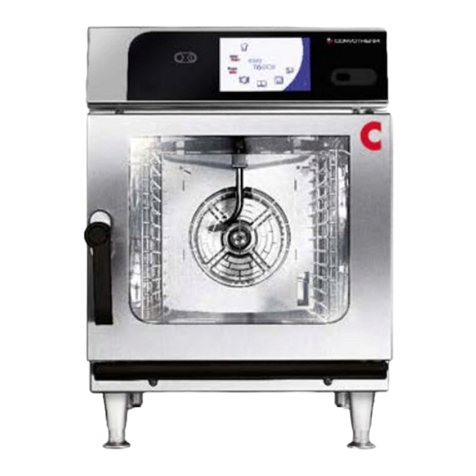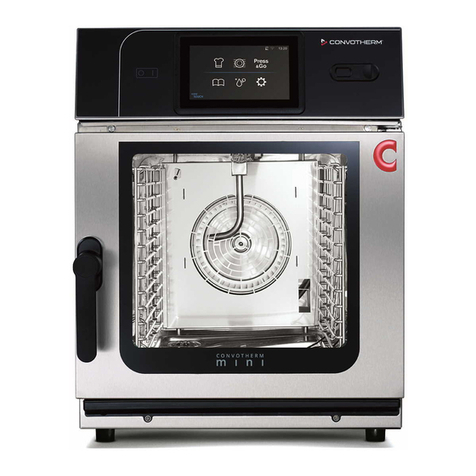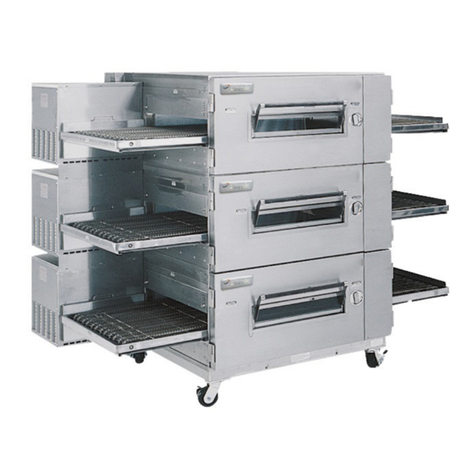Welbilt Convotherm maxx pro Series User manual
Other Welbilt Oven manuals
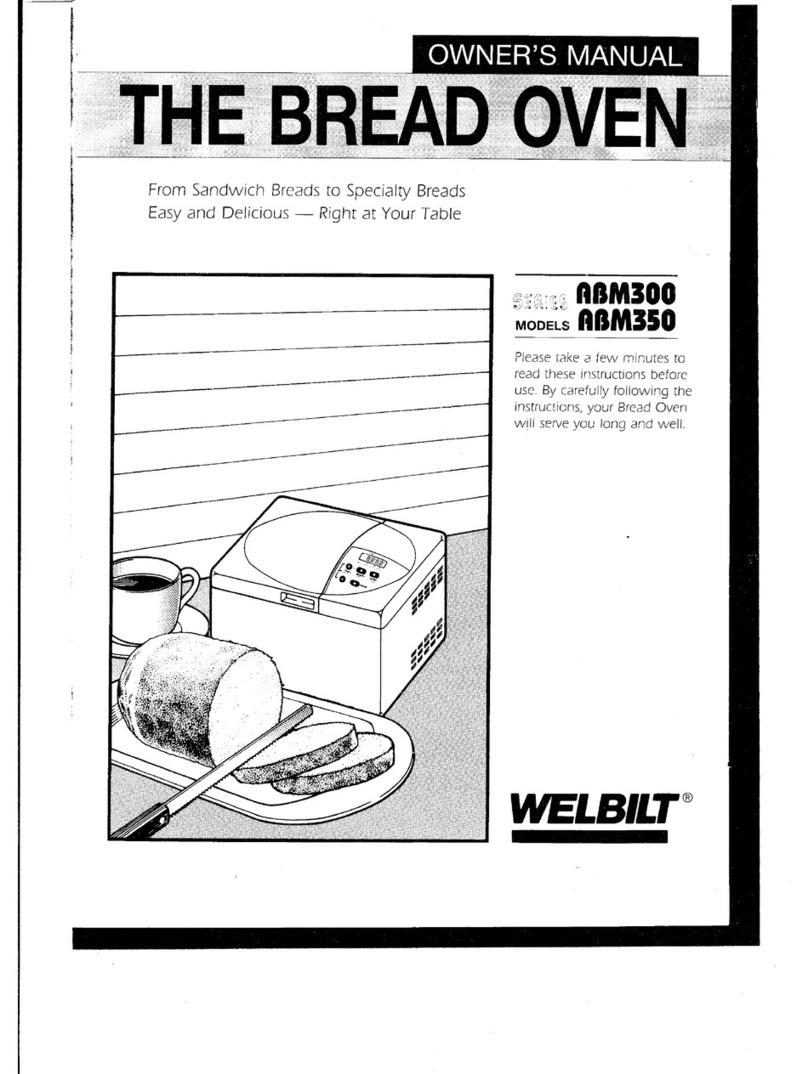
Welbilt
Welbilt ABM300 SERIES User manual
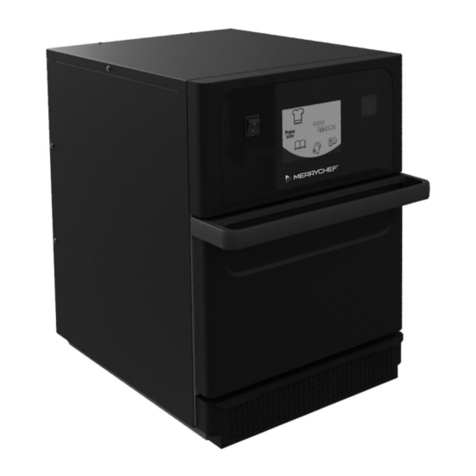
Welbilt
Welbilt Merrychef eikon e1s User manual
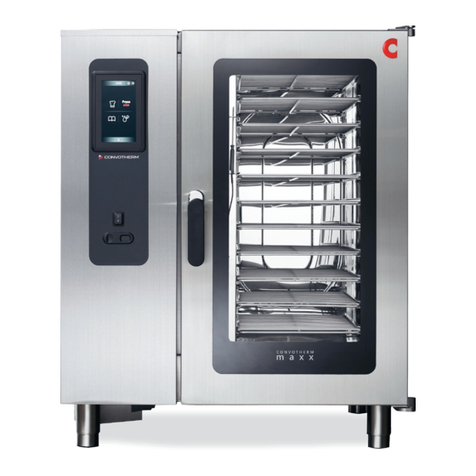
Welbilt
Welbilt Convotherm maxx Cmx eT 6.10 ES User manual
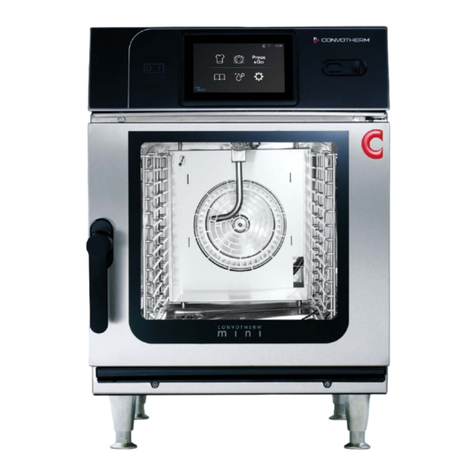
Welbilt
Welbilt Convotherm OES mini 6.06 User manual

Welbilt
Welbilt Convotherm 4 easyTouch User manual

Welbilt
Welbilt Convotherm OES mini easyTouch User manual
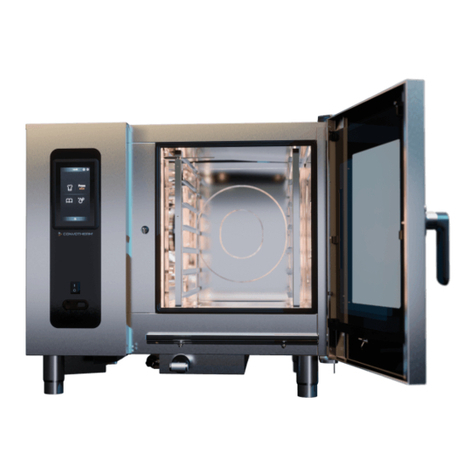
Welbilt
Welbilt Convotherm maxx 6.10 User manual
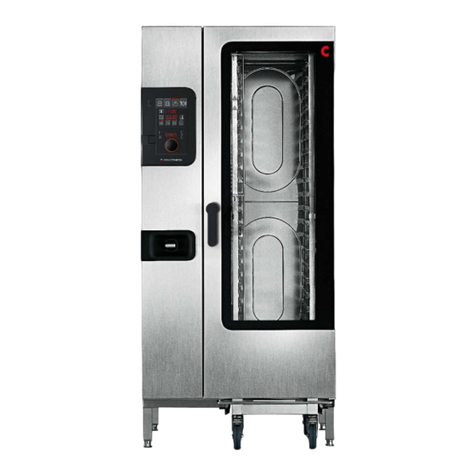
Welbilt
Welbilt Convotherm 4 easyTouch User manual
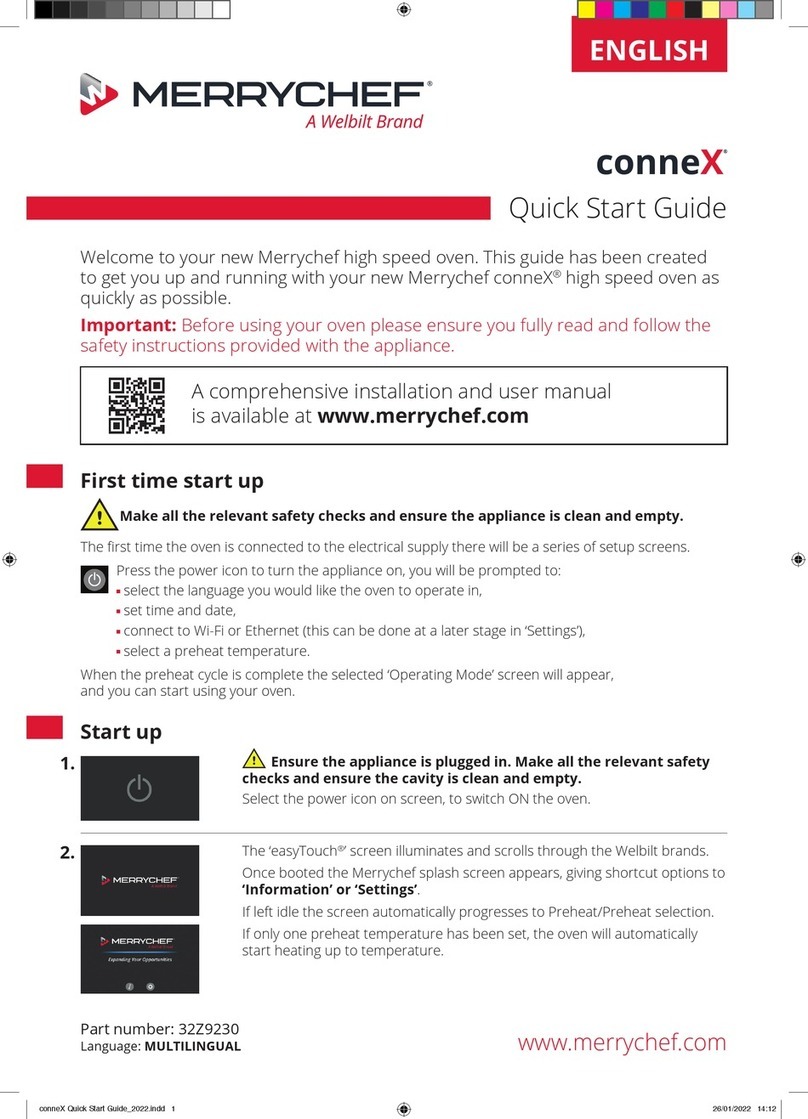
Welbilt
Welbilt Merrychef conneX User manual
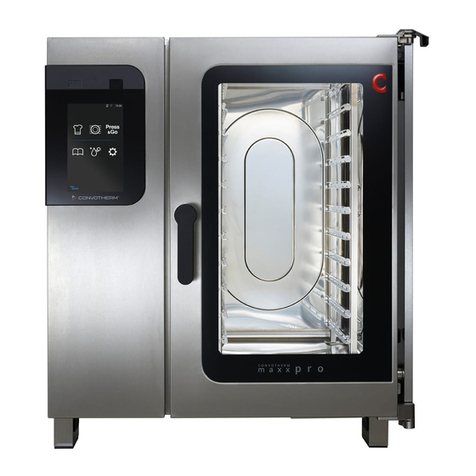
Welbilt
Welbilt maxx pro User manual
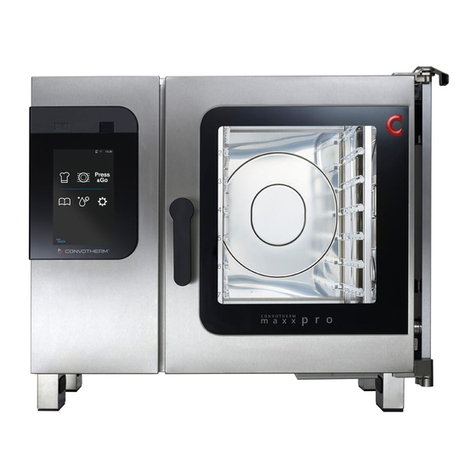
Welbilt
Welbilt Convotherm 4 easyTouch 6.10 ES User manual
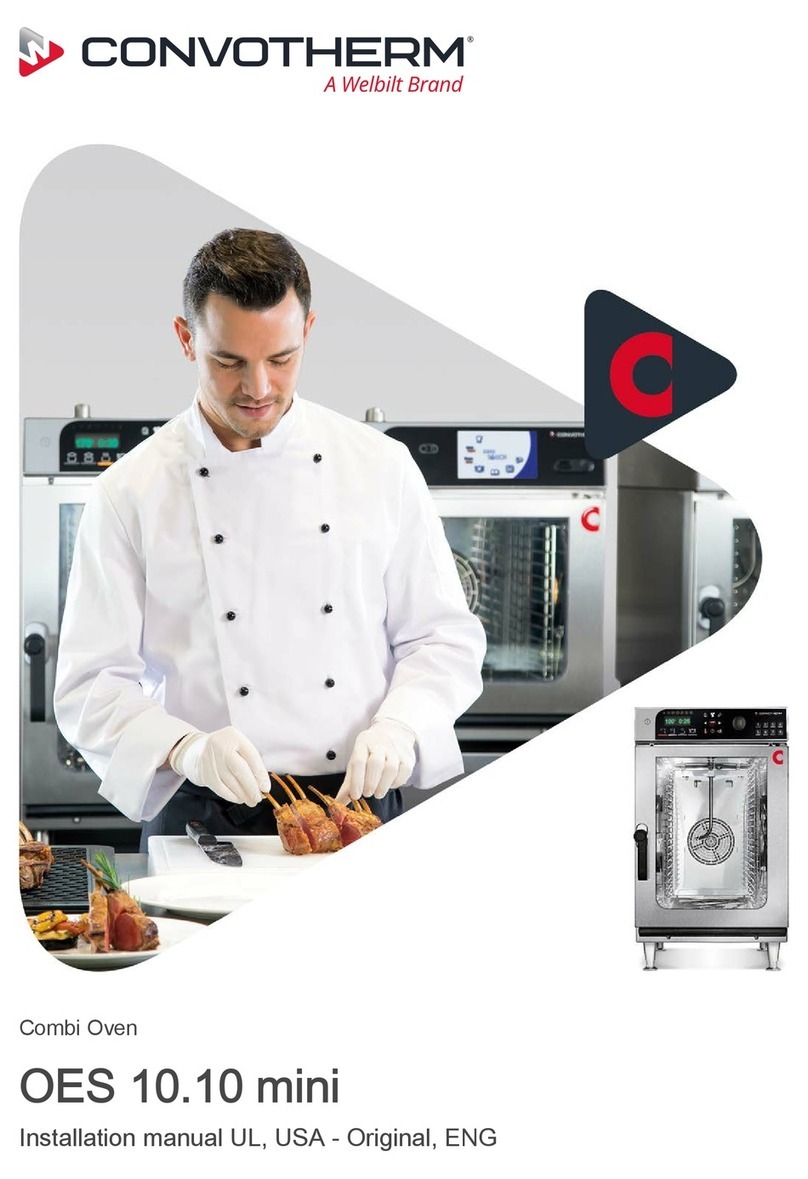
Welbilt
Welbilt Convotherm OES 10.10 mini easyTouch User manual
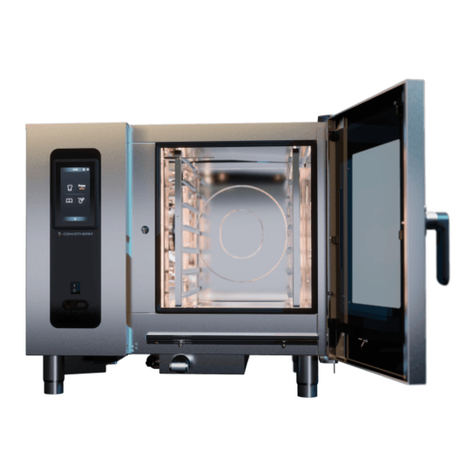
Welbilt
Welbilt Convotherm maxx Cmx eT 6.10 ES User manual
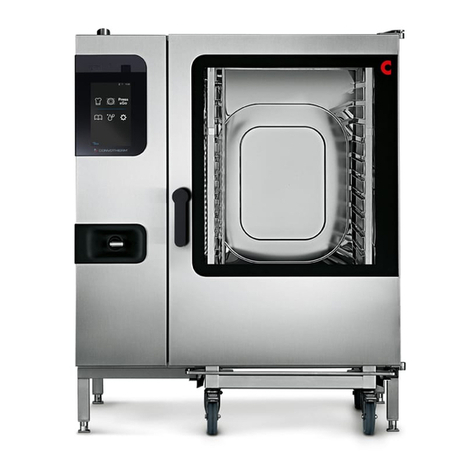
Welbilt
Welbilt Convotherm 4 easyTouch User manual

Welbilt
Welbilt Convotherm OES 6.10 Mini User manual

Welbilt
Welbilt Convotherm 4 easyTouch User manual
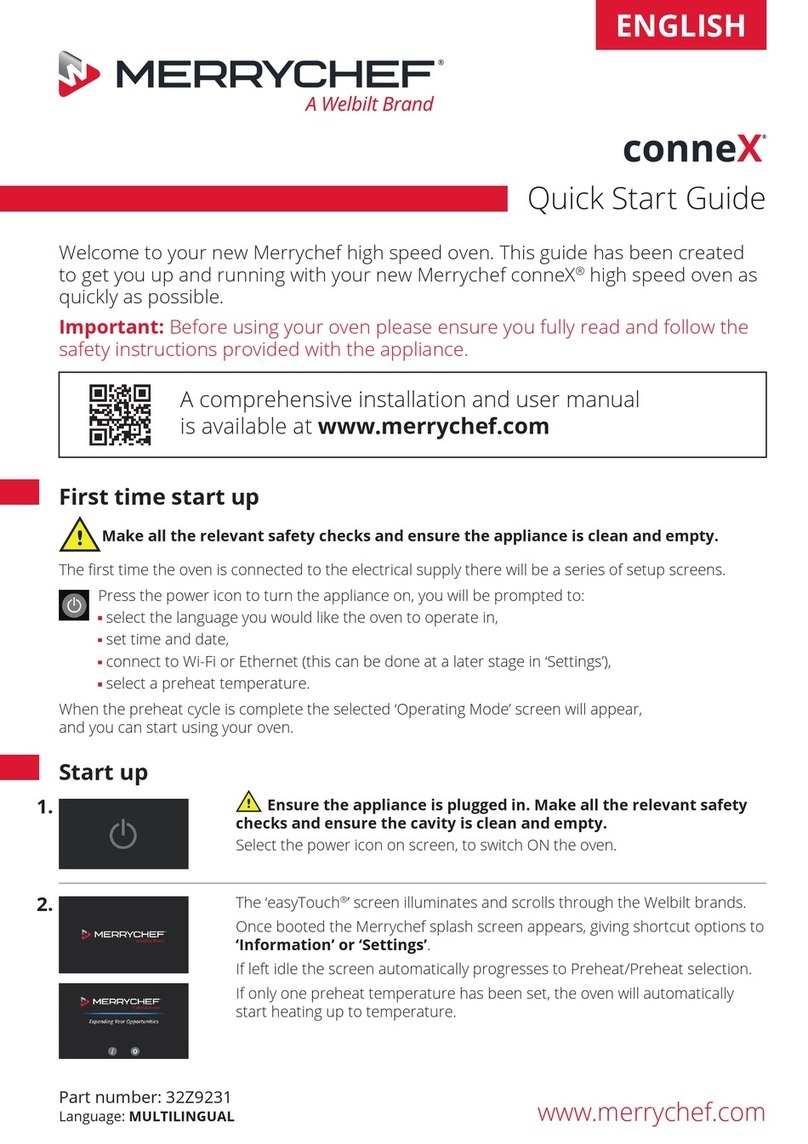
Welbilt
Welbilt MERRYCHEF conneX 32Z9231 User manual

Welbilt
Welbilt Convotherm OES 10.10 mini easyTouch User manual
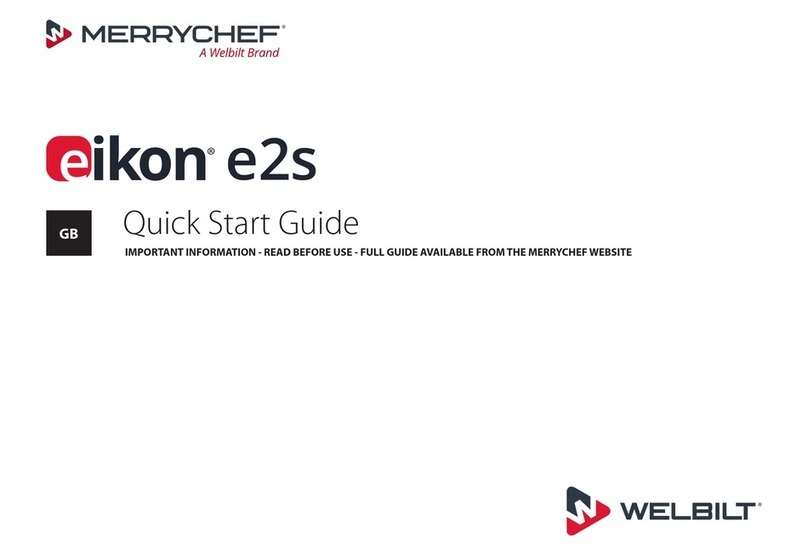
Welbilt
Welbilt MERRYCHEF eikon e2s User manual

Welbilt
Welbilt Convotherm OES mini easyStart User manual
Popular Oven manuals by other brands

Brandt
Brandt FC 222 user manual

aumate
aumate TOA20M04N-1E instruction manual

Maytag
Maytag CWE4100AC - 24" Single Electric Wall Oven Dimension Guide

Kernau
Kernau KBO 1076 S PT B instruction manual

Bosch
Bosch HB 37 N Series User manual and installation instructions

Electrolux
Electrolux EOD5420AA user manual
